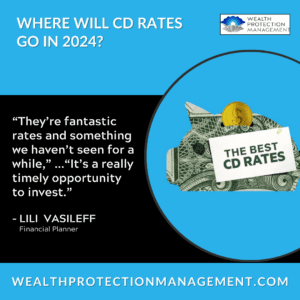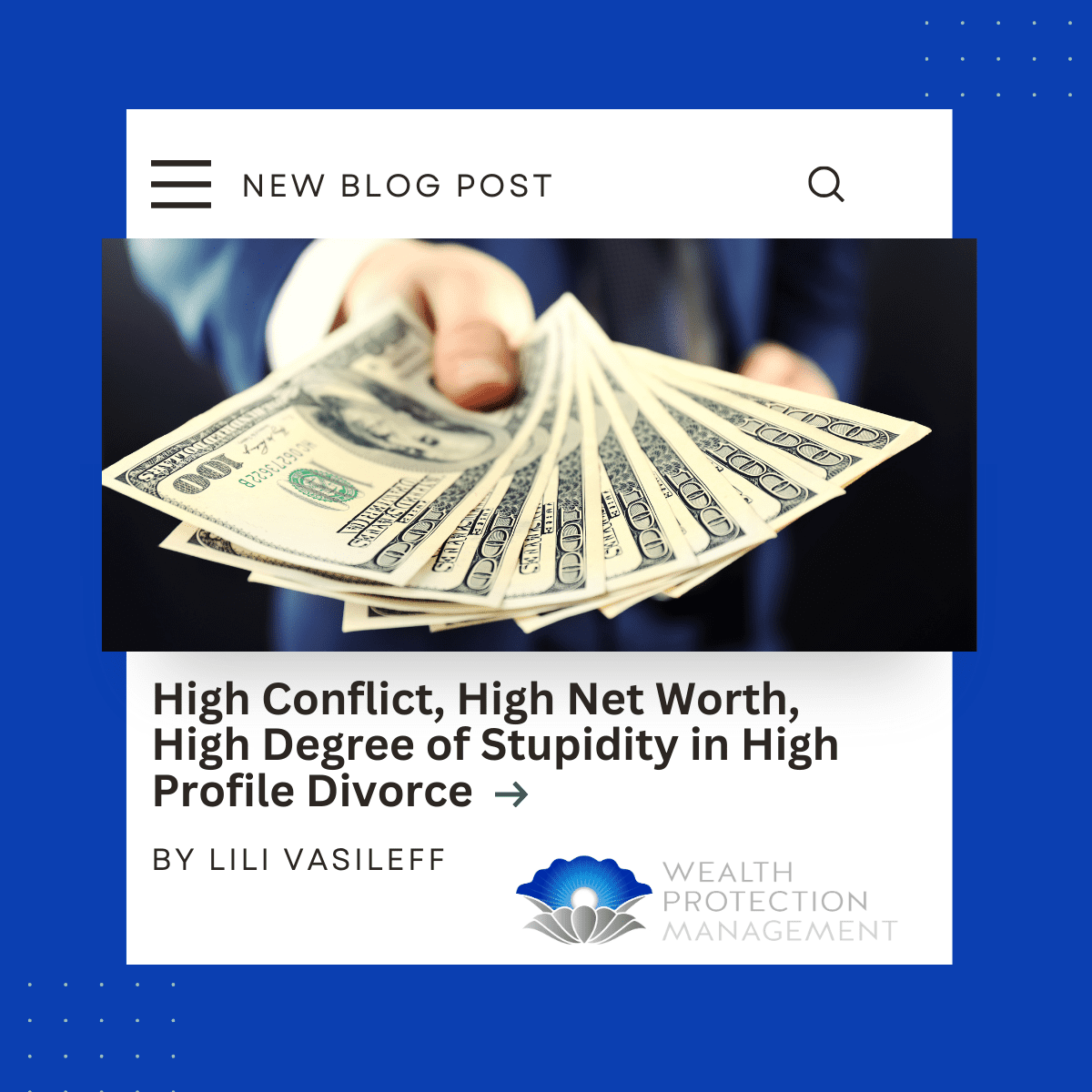
Where Will CD Rates Go in 2024?
With inflation easing, you may want to lock in today’s CD rates
SHOPPABLE SOLUTIONS
It all depends on the strength of the economy.
PHOTO: Jeff Westbrook for Buy Side from WSJ.
STYLING: Miako Katoh for Buy Side from WSJ.
Published Nov. 29, 2023 11:52 am ET
By Mallika Mitra
Savers have been enjoying the best rates on CDs in years. But thanks to current economic conditions—including an easing of inflation—experts say those high rates likely won’t last and that now’s the time to lock them in.
Interest rates that banks pay on certificates of deposit are closely tied to short-term interest rates set by the Federal Reserve. As the Fed hiked rates over the past 20 months to tamp down soaring prices for consumer goods, CDs became an attractive place to place short-term savings.
Now that the inflation rate has come down, many investing pros see two possible outcomes for interest rates in 2024: one in which the Fed has little choice but to cut rates steeply, and another in which the Fed can cut rates modestly.
Either scenario would eventually result in CD rates decreasing, since rates on CDs tend to quickly follow Fed moves. The same is true of other places investors like to stash cash, such as savings accounts and money-market funds.
But there’s good news: Unlike most savings vehicles, CDs allow you to capture an interest rate for several months or years, depending on its term length. Buying CDs now would mean locking in high rates before they fall.
“They’re fantastic rates and something we haven’t seen for a while,” says Lili Vasileff, a financial planner based in Greenwich, Conn. “It’s a really timely opportunity to invest.”
Here’s what you need to know about where interest rates are headed in 2024, and where to snag rates on CDs higher than 5%.
Where will CD rates go in 2024?
The Federal Reserve’s benchmark federal-funds rate, which closely influences CD rates, is now at a range of between 5.25% and 5.5% following 11 rate increases since March 2022, all aimed at bringing down inflation. While more rate increases are always possible, most Wall Street experts say the Fed is more likely gearing up for cuts—and that CD rates will in turn come down, too.
But exactly when the Fed will cut rates, and by how much, isn’t clear. Movements in the bond market indicate that some investors expect a recession—a scenario that would require the Fed to cut rates steeply in order to stimulate economic growth.
Still, many other investors predict that the U.S. will avoid a recession, and that instead the inflation rate will continue to gradually drop until it hits the Fed’s target of 2%. The second scenario would allow the Fed to cut rates modestly next year, keeping consumer prices under control, while also ensuring high interest rates don’t hamper economic growth.
The central bank is keenly eyeying factors like unemployment, wage growth and inflation as it weighs its options, since leaving rates high too long could pinch the economy, while cutting too soon lead to another surge in prices.
“They have to see how the data transpires,” says Leslie Falconio, head of Taxable Fixed Income Strategy at UBS, who predicts the Fed will keep rates high at the beginning 2024 before cutting during the latter part of the year. “They’re not going to be too quick to reverse course.”
Should I invest in a long-term CD?
While the national average interest rate for CDs is less than 1.5%, Buy Side from WSJ’s list of best CD rates for November includes those with annual percentage yields, or APYs, more than 10 times that amount. Many 1-year, 3-year and 5-year CDs are offering rates between 5% and 6%, according to DepositAccounts.
Because Wall Street investors tend to predict the Fed won’t start cutting rates until the second half of 2024, CDs rates are likely to stay at their elevated levels for much of the year. But if investors are correct that rate cuts are coming, those high CD rates will come down over the next few years, too.
While the upside to CDs is that they tend to offer higher interest rates than traditional savings accounts, the downside is that they require you to lock up your money for a set period of time, usually between three months and five years. If you end up needing the money before the CD term ends, you’ll face an early-withdrawal penalty. And if the markets are wrong and interest rates continue to climb, buying a CD now could mean missing out on a future, better rate.
However, if you know exactly when you’ll need the money—like if you’re retiring within five years—and can buy a CD that fits with your time frame, buying one now likely makes sense, says Jeremy Keil, a Milwaukee-based financial advisor. The same goes for if you have short-term savings you don’t want to invest in the volatile stock market.
“Go ahead and lock in the rates for as long as you’re willing,” Keil says. “Now’s your chance.”
CD shopping tips
The first step to finding the best CD rates is to understand what is considered a good rate in the current environment, Keil says. Compare CDs of certain terms, such as three months or one year, to those at other institutions with the same terms so you have an apples-to-apples understanding of the CD market’s best offers.
Don’t assume big banks have the best deals. While the national average rate for a 6-month CD is 1.43%, our list of the best 6-month CD rates includes those from institutions like Credit Human Federal Credit Union and Minnequa Works Credit Union with APYs above 5%.
Keil says to look at the rates at local banks and credit unions—in addition to offering higher rates on typical CDs terms than some of the larger banks—they may offer less common term lengths, like 17- or 19-month CDs, with attractive rates.
“You’ve got to look at both, local and national,” Keil says. “You might be surprised.”
Because some regional banks faced turmoil earlier this year following several high-profile collapses, you may be worried about parking your money with smaller institutions. But don’t fret. Most banks and credit unions are insured by the Federal Deposit Insurance Corporation or
National Credit Union Administration, which means your money is protected up to $250,000 should the institution collapse.
Online banks like Ally can often also offer higher rates on savings accounts and CDs since they avoid much of the management and additional costs that traditional and bricks-and-mortar banks face.
Be sure to not only focus on the APYs though. Many CDs have minimum deposits like $1,000. But if you look beyond the well-known banks, you should be able to find an attractive APY—and lock it in before rates fall.




